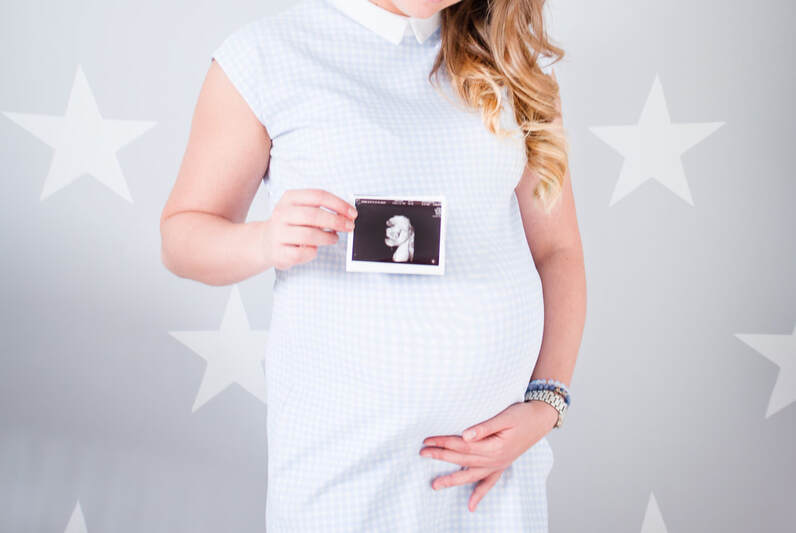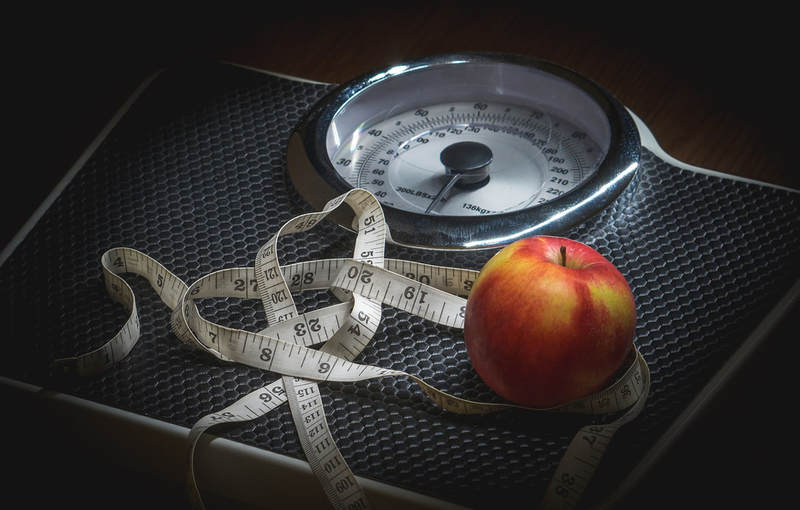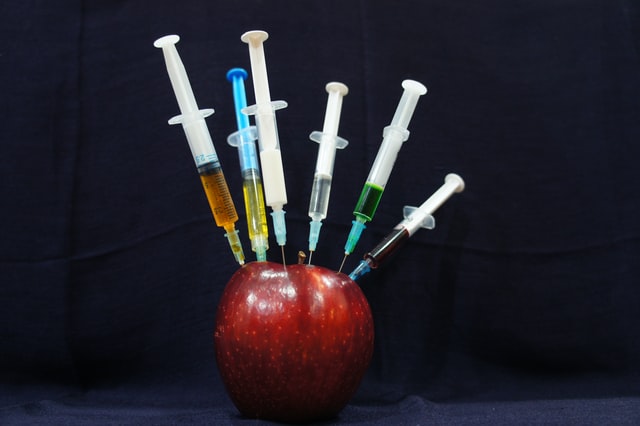Low Ovarian Reserve: Does this Impact the Ability to Give Birth?
Many women have low ovarian reserve, which can affect their ability to have children. Generally, women are born with a set number of eggs and gradually lose these eggs as they grow older. Low ovarian reserve causes a woman to have fewer eggs than normal for her age, which may result in her having trouble having children without medical assistance.
If a woman is experiencing infertility, doctors can perform tests to diagnose low ovarian reserve. One such test measures anti-mullerian hormone (AMH) in the blood, where low levels indicate a diminished number of eggs since healthy egg follicles produce AMH. Another test uses a vaginal ultrasound to visualize how many follicles (which correlates to the number of eggs) are present in the ovaries. If these tests indicate low ovarian reserve, a woman can then try various assistive reproductive technologies (ARTs) to help her have a child. Some examples of ARTs are in vitro fertilization (IVF), where doctors obtain an egg and sperm from the parents, combine them in a dish, and then implant the embryo in the mother. Another technique is intrauterine insemination (IUI), in which the doctor manually injects sperm into the woman to increase her chance of pregnancy. These ARTs often help women with low ovarian reserve to get pregnant.
If a woman is experiencing infertility, doctors can perform tests to diagnose low ovarian reserve. One such test measures anti-mullerian hormone (AMH) in the blood, where low levels indicate a diminished number of eggs since healthy egg follicles produce AMH. Another test uses a vaginal ultrasound to visualize how many follicles (which correlates to the number of eggs) are present in the ovaries. If these tests indicate low ovarian reserve, a woman can then try various assistive reproductive technologies (ARTs) to help her have a child. Some examples of ARTs are in vitro fertilization (IVF), where doctors obtain an egg and sperm from the parents, combine them in a dish, and then implant the embryo in the mother. Another technique is intrauterine insemination (IUI), in which the doctor manually injects sperm into the woman to increase her chance of pregnancy. These ARTs often help women with low ovarian reserve to get pregnant.
Image Source: SHVETS production
However, it is unknown whether low ovarian reserve causes a greater chance of miscarriage, or losing the baby during pregnancy, after using ARTs. A 2021 review found a correlation between low AMH levels (which indicates low ovarian reserve) and a higher likelihood of miscarriage. However, this study did not take into account the mothers’ ages, which was detrimental to the study. This is because as women grow older, more causes for miscarriage develop than just low ovarian reserve, so it is unclear whether miscarriages were due to low ovarian reserve or other factors related to the women’s ages. Therefore, another study decided to only include young women under age 35 to more carefully investigate how low ovarian reserve impacts miscarriage.
This study found that AMH levels indicating normal or low ovarian reserve did not impact a young woman’s chance of having a miscarriage. 538 women from Italy, who received IVF or IUI, were analyzed along with their AMH levels. 17% of these women had miscarriages, whereas 83% were able to give birth to a child. After comparing low ovarian reserve and miscarriage rates, there was no significant difference observed between the miscarriage rates of women with low and normal ovarian reserve. Even women with very low levels of ovarian reserve did not show an increased chance of miscarriage. One strength of this study was the large sample size of women. However, this study also only focused on women with single miscarriages, not women who have had multiple miscarriages, which may affect the group of women to which these results apply. Additionally, the study only analyzed past ART patients with low ovarian reserve, so their fertility progress could not be monitored in real-time. Overall, however, this study opposed the idea that low ovarian reserve increases chances of miscarriage in ART patients.
While further research must be done to confirm these results, this study is informative to female fertility patients. If there is indeed no relation between low ovarian reserve and miscarriage after using an ART, then doctors can reassure women with low ovarian reserve that their condition should not affect their ability to give birth. In the future, there is hope that as technology advances, even women with low ovarian reserve can have children easily and successfully.
This study found that AMH levels indicating normal or low ovarian reserve did not impact a young woman’s chance of having a miscarriage. 538 women from Italy, who received IVF or IUI, were analyzed along with their AMH levels. 17% of these women had miscarriages, whereas 83% were able to give birth to a child. After comparing low ovarian reserve and miscarriage rates, there was no significant difference observed between the miscarriage rates of women with low and normal ovarian reserve. Even women with very low levels of ovarian reserve did not show an increased chance of miscarriage. One strength of this study was the large sample size of women. However, this study also only focused on women with single miscarriages, not women who have had multiple miscarriages, which may affect the group of women to which these results apply. Additionally, the study only analyzed past ART patients with low ovarian reserve, so their fertility progress could not be monitored in real-time. Overall, however, this study opposed the idea that low ovarian reserve increases chances of miscarriage in ART patients.
While further research must be done to confirm these results, this study is informative to female fertility patients. If there is indeed no relation between low ovarian reserve and miscarriage after using an ART, then doctors can reassure women with low ovarian reserve that their condition should not affect their ability to give birth. In the future, there is hope that as technology advances, even women with low ovarian reserve can have children easily and successfully.
Featured Image Source: Dominika Roseclay
RELATED ARTICLES
|
Vertical Divider
|
Vertical Divider
|
Vertical Divider
|






